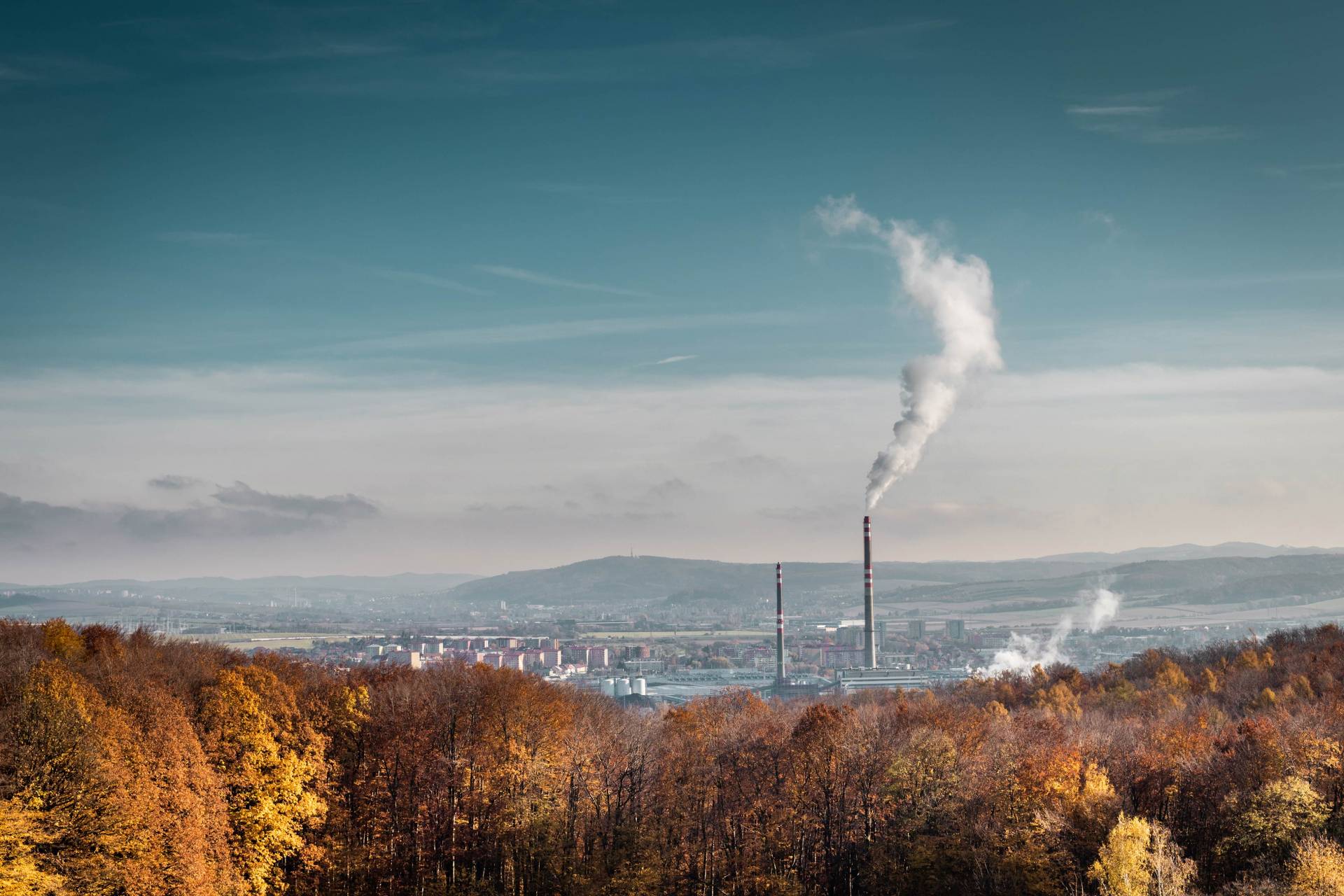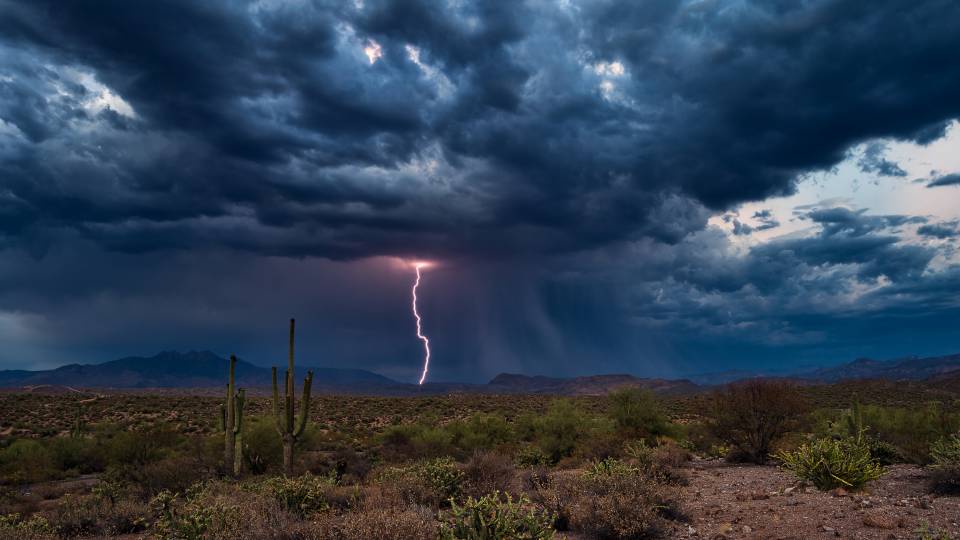When high in the atmosphere, ozone protects Earth from harmful solar radiation — but ozone at ground level is a significant pollutant. Exposure to high concentrations of ground-level ozone aggravates respiratory illnesses, thus exacerbating the negative health effects of heat and contributing to the catastrophic impacts of recent heatwaves and drought in Europe.

Despite laws limiting pollution from cars, trucks and factories, Europe has found little improvement in ozone air quality in recent years. An international team led by Princeton’s Meiyun Lin found the surprising chain of causes: As global climate change leads to more hot and dry weather, the resulting droughts are stressing plants, making them less able to remove ozone from the air.
In Europe, despite laws limiting pollution from cars, trucks and factories, there has been little improvement in ozone air quality. An international team led by atmospheric scientist Meiyun Lin found the surprising chain of causes: As global climate change leads to more hot and dry weather, the resulting droughts are stressing plants, making them less able to remove ozone from the air.
With hot and dry summers expected to become more frequent over the coming decades, this has significant implications for European policymakers, noted Lin, a research scholar in atmospheric and oceanic sciences and the Cooperative Institute for Modeling the Earth System at Princeton University.
In a new study published today in Nature Climate Change, Lin and her colleagues demonstrated that vegetation feedbacks during drought worsen the most severe ozone pollution episodes.
“We show that declining ozone removal by water-stressed vegetation in response to climate warming can explain the slow progress towards improving ozone air quality in Europe,” she said. “Under drought stress, plants are less effective in ozone removal via stomata — small pores in the leaves of vegetation that are responsible for controlling carbon dioxide transport for photosynthesis and water vapor losses.”
Such land-biosphere feedbacks have often been overlooked in prior air quality projections. This study quantified these vegetation feedbacks using six decades of observations and new Earth system model simulations developed at the Geophysical Fluid Dynamics Laboratory, a division of the U.S. National Oceanic and Atmospheric Administration located on Princeton’s Forrestal campus.
Lin and her colleagues found that severe drought stress can cause as much as 70% reductions in ozone removal by forests. “Accounting for reduced ozone removal by drought-stressed vegetation leads to a three-fold increase in high-ozone events — above 80 parts per billion,” Lin said. That is significantly worse than the European Union's ozone target: 60 parts per billion, not to be exceeded on more than 25 days per year. For reference, the U.S. standard is 70 parts per billion, not to be exceeded on more than 4 days per year.

Meiyun Lin
The European Union has established an extensive body of legislation to reduce regional emissions of smog-forming chemicals from member states, but despite 45% to 70% reductions in smog-forming chemicals across a 40-year period, summertime ozone levels measured in Europe actually climbed, especially during the 1980s and ’90s.
Based on their findings, Lin said, governments will need even stronger emission controls to lower ozone air pollution.
While this study focused on Europe, their findings have broad implications. Substantial reductions in ozone removal by vegetation were also observed during North America’s historic heat wave and drought in summer 2012, according to an earlier study by Lin.
Over the coming decades, as the climate warms, it will be increasingly important to account for vegetation feedbacks to determine the effects of extreme pollution events, she said.
Lin conducted the research with Yuanyu Xie, a postdoctoral research associate in atmospheric and oceanic sciences and the Cooperative Institute for Modeling the Earth System at Princeton University; Larry Horowitz, Fabien Paulot, Sergey Malyshev and Elena Shevliakova at the Geophysical Fluid Dynamics Laboratory; Angelo Finco and Giacomo Gerosa of Catholic University of the Sacred Heart in Italy; Dagmar Kubistin of Hohenpeissenberg Meteorological Observatory in Germany; and Kim Pilegaard of Technical University of Denmark.
“Vegetation feedbacks during drought exacerbate ozone air pollution extremes in Europe,” by Meiyun Lin, Larry W. Horowitz, Yuanyu Xie, Fabien Paulot, Sergey Malyshev, Elena Shevliakova, Angelo Finco, Giacomo Gerosa, Dagmar Kubistin and Kim Pilegaard, appears in the April 20, 2020 issue of Nature Climate Change (DOI: 10.1038/s41558-020-0743-y). The research was supported by NOAA (NA14OAR4320106 and NA18OAR4320123) and the U.S. Department of Commerce.


